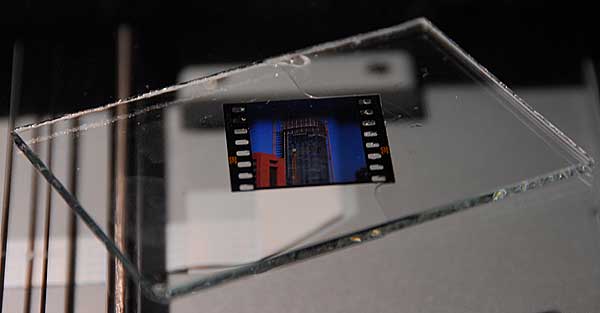Is there anyone who have ever used Lumina on their scanning work. In your experience, does it really show the difference? I am about to purchase one myself. Any thoughts on this is greatly apreaciated. Thanks in advance.
Merry Christmas and a Colorful New Year to All!
JesJ



 Reply With Quote
Reply With Quote





Bookmarks